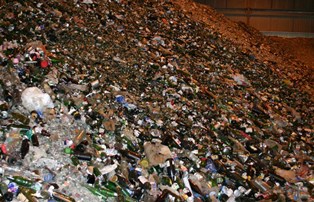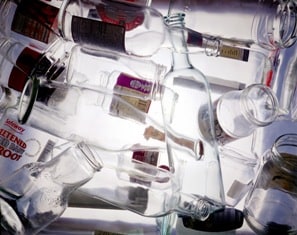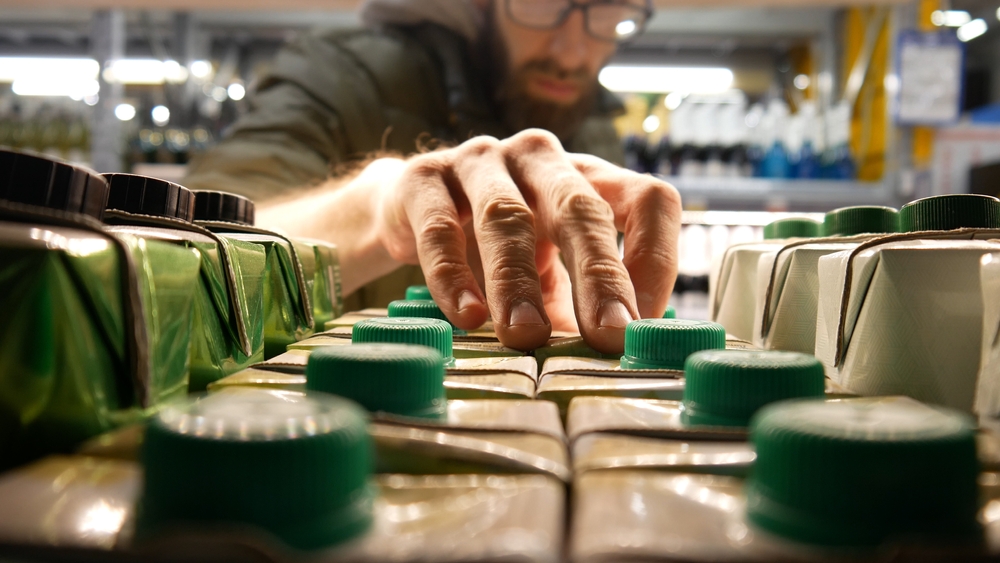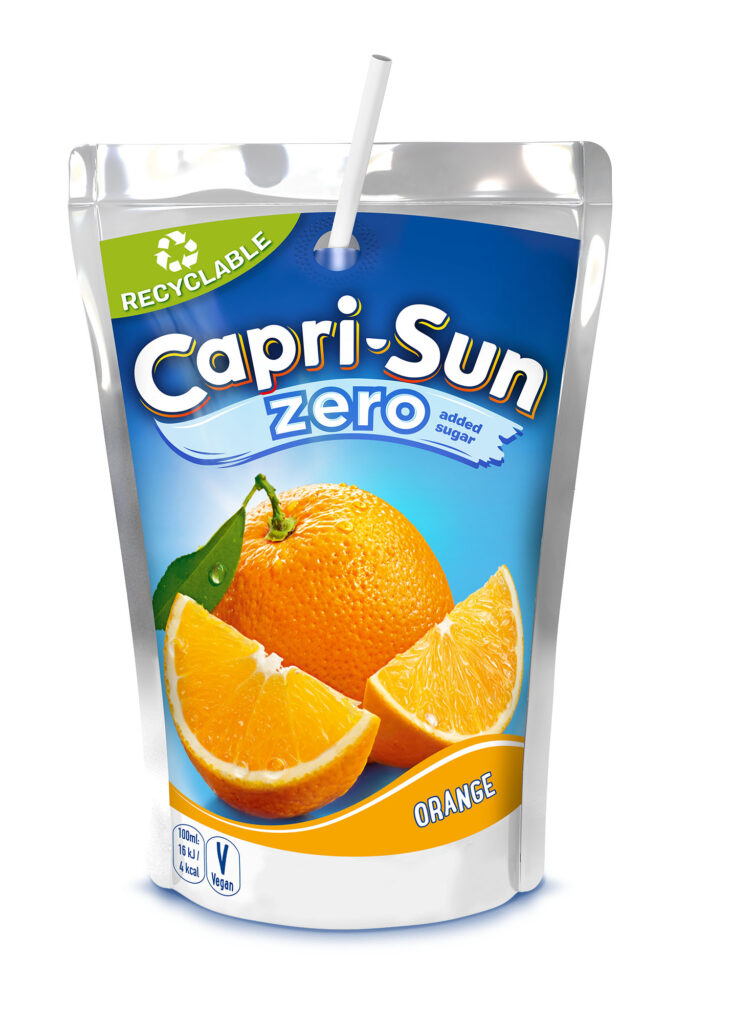The UK could be saved from falling below the level of glass packaging recycling required under the EU Packaging Directivein 2012 after obligated schemes and producers shelled out millions of pounds on PRNs.
Late last year, some had raised concerns that the UK would fail to meet its European obligations because there was a fall in how much glass was sent for reprocessing or export in the first three quarters of the year (see letsrecycle.com story).

The fall meant that the business targets the targets set for obligated producers and compliance schemes tomeet and maintain the European targets- looked impossible to achieve.
To meet the targets, a record 565,000 tonnes of glassrecycling was neededin the fourth quarter of the year, up from just 350,000 tonnes in quarter three.
However, with still a week left for obligated companies to buy the PRNs they need for 2012, many in the sector have told letsrecycle.com that the market has responded positively to the high price of the glass PRN, which stood at 75 a tonne for the last three months of 2012. This has raised hopes that both the UK business targets and European obligationscould be met.
Reprocessors have reported that the extra PRN revenue estimated to be worth up to 42 million in total – has enabled them to clean up and reprocess contaminated glass which had been in storage. It has also helped to subsidise the price paid for recovered container glass, with prices for mixed material rising last year from up to 5 a tonne in September to up to 35 a tonne in December.
Complianceschemes havealso said they have been working withreprocessors to get the necessary tonnages through.
As result,it is understoodthat 500,000 tonnes of glass reprocessing had already been reported to the Agency by early January.
And,a number of producer compliance schemes have already complied with their obligations and thereappears to be surplus of glass PRNs on the market – although the exact reason for this remains unclear.
One important factor which is expected to help obligated businesses comply is a fall in the overall obligation in glass, which has been revised downwards from 1.70 million tonnes in October 2012 to 1.67 million tonnes.
TheEnvironment Agency has also been contacting all those with surplus PRNs to sell and offering them to those who still have obligations to meet.
Reprocessors
Tim Gent, director of glass reprocessor Recresco, said that more glass than he had expected appeared to have been recycled.
He commented: Early indications are that we met the 2012 obligation, this is a surprise as I thought we would miss by about 30,000 tonnes. We are now looking to sell some of December tonnage as carry over.
“It is looking positive that we could hit the targets but we have still got to wait and see.”
Rebecca Cocking, British Glass
Another large glass reprocessor, in Scotland, confirmed that more glass had been recycled in the final quarter of 2012 due to the high PRN price.
He said: The amount of glass recycled in quarter four did increase. This is because people may have had stockpiles and brought the material back into use because they can recycle it and claim the PRN on it, which is worth more than previously. This is solely because of the higher PRN price.
The money helped us to look at new forms of collection and better quality and get the material out of the waste to get more material to the reprocessors to be sold.
He added that the money was put back into maintaining and upgrading machinery, training and other support processes but that it did not go as far as some might think if it was averaged out with the lower glass PRN value at the start of 2012, commenting that it doesnt amount to that much.
Berryman, the UKs largest glass reprocessor, was unavailable for comment when contacted by letsrecycle.com.
British Glass
Rebecca Cocking, head of container affairs at British Glass which represents both glass manufacturers and reprocessors – said that while data had not been officially reported, there were some indications that over 500,000 tonnes has already been reported so it is looking positive that we could hit the targets but we have still got to wait and see.
She explained that lower grade material that had been stockpiled by reprocessors had been cleaned up and processed sooner than planned as the high PRN price made it worthwhile.
She added: Maybe some people had quite high specifications on aggregates but may have allowed some of the lower grade material to come through because they could process it without incurring a cost to themselves. It could be that there were stocks in place and people keeping reserves.
Compliance

Ian Andrews, senior market operator at the Environment Exchange (t2e) PRN trading platform, told letsrecycle.com that the number of glass PRNs still available would seem to suggest that many had achieved compliance.
He said: I have still got selling tonnage available for 2012 at least 15,000 tonnes. That would lead me to believe that we are going to make it.
However, he said his gut feeling was that not every company with an obligation would comply due to the sheer scale of the challenge.
He suggested that thehigh PRN prices might be putting some businesses off and they may prefer to face penalties for non-compliance from the Environment Agency in the form of Civil Sanctions, which are seen as a softer option. Alternatively, he suggested that some may be waiting until the very last minute for the PRN prices to fall.
Despite this, he warned that there was no excuse for non compliance, commenting: The PRN prices have hardly changed for three to four months and if companies had bought their tonnage earlier in the year they would have had to pay much less. With PRNs available there is no excuse for non compliance.
Europe
Phil Conran, of consultancy 360 environmental, said the apparent upturn in glass recycling performance meant he believed the UK would maintain the level of glass recycling needed to comply with its European target for glass but only because tonnage carried over from 2011 would be included.
And, while he said he expected many businesses to meet their obligations, he said he still believed some directly registered companies would fail to comply with the business targets, such as those which had been recently thrown out of producer compliance schemes.
He commented: Whatever the final position is, there will be a lot of unanswered questions and we will not know the true situation until the Agency tell us or until it reports its final data on April 2nd.
2013
Looking forward, Chris Taylor, PRN trader for compliance and recycling specialist Clarity Environmental, said that if the 2012 obligations were met, there would still be an impact upon the glass PRN market in 2013.
Theglass targetthis year has changed and is split into a separate target for glass sent to remelt and glass sent to aggregates.
Mr Taylor said: Whilst the UK was not expected to have met 2012 recycling targets for glass, we have heard recent murmurings that we have indeed hit targets. If that is the case we expect that most, if not all of the countrys stockpiled glass will have been depleted and this will once again leave the UK with the huge challenge of meeting glass targets for 2013.











Subscribe for free